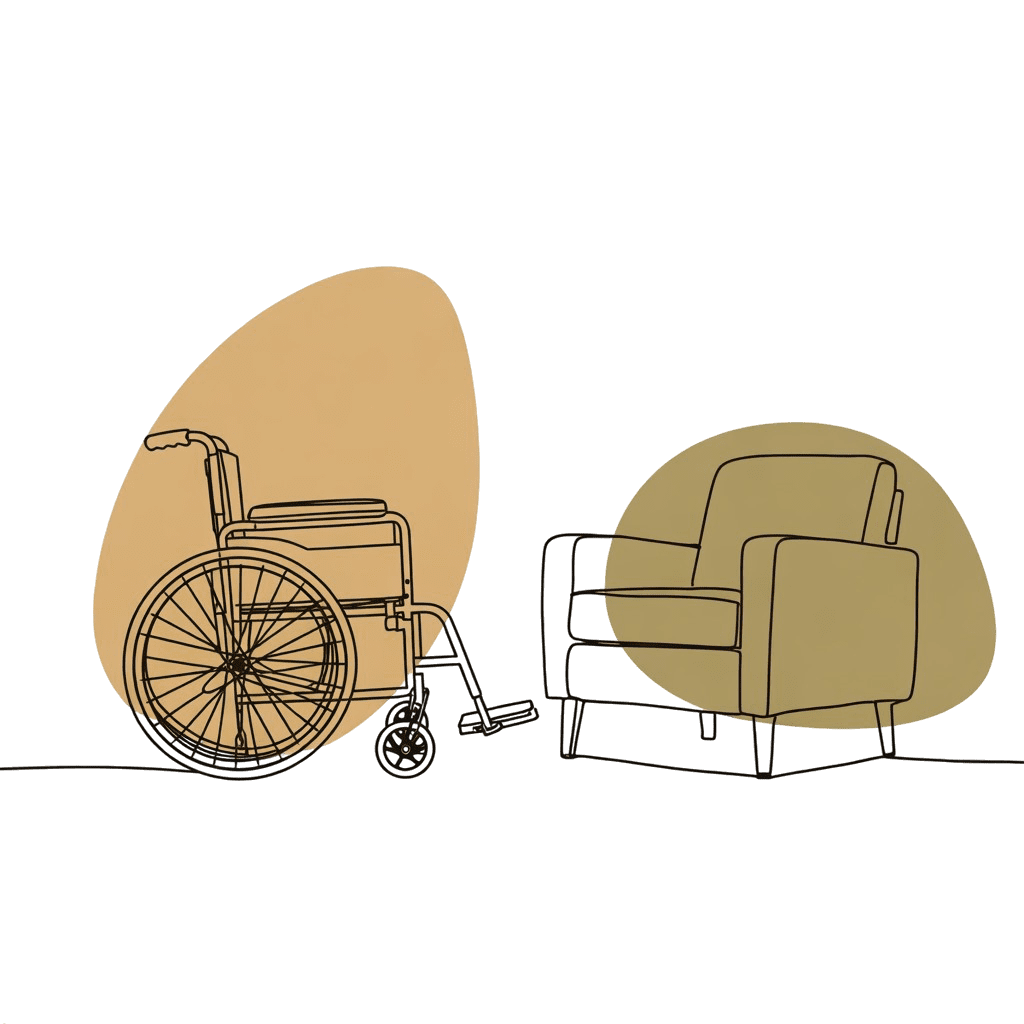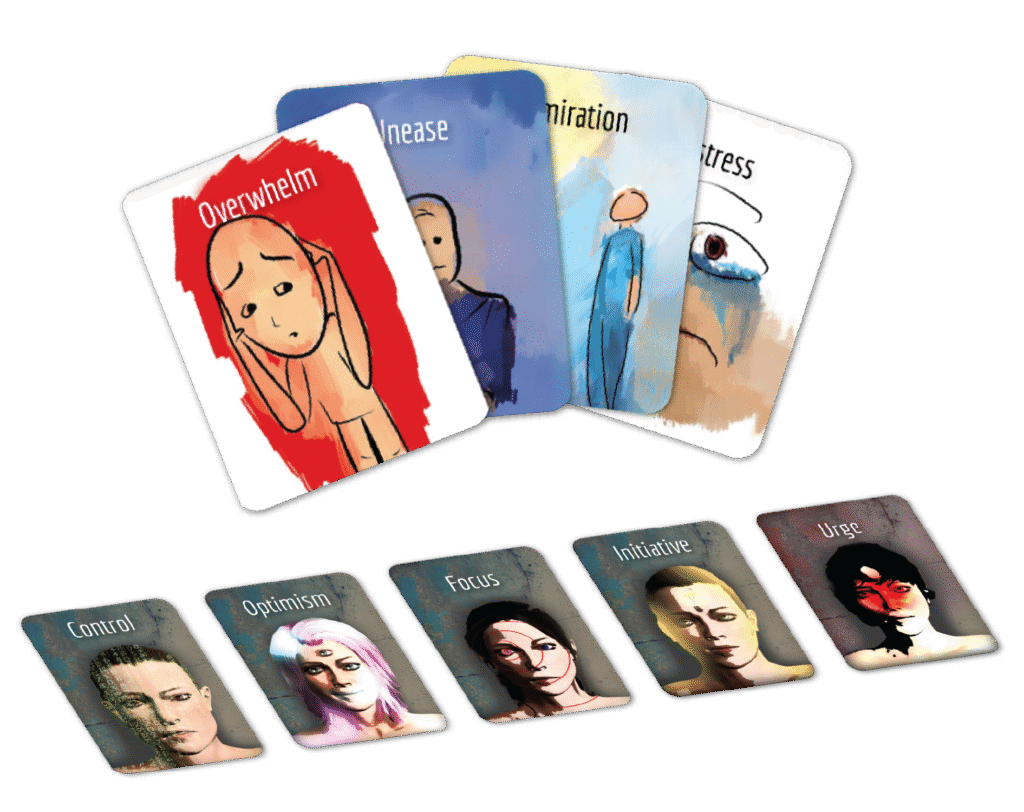We’ve all heard it.
The small shrug. The blank pause.
“I don’t know.”
And maybe sometimes it really is avoidance. But more often, it’s something softer — a nervous system trying to stay safe.

When someone says “I don’t know,” it can mean:
I can’t access that right now.
I haven’t had the words for it yet.
I’m afraid to say it out loud.
I know too much, and can’t pick one truth.
“I don’t know” isn’t a wall. It’s a pause. A moment between knowing and being ready to name it.
Here are a few ways to meet that pause with care.
1. Ask the Body, Not the Brain
When the mind freezes, the body often still remembers.
Try inviting: “If this had a place in your body, where would you feel it?”
The answer might start as “tight chest” or “heavy shoulders.” That’s already knowing.
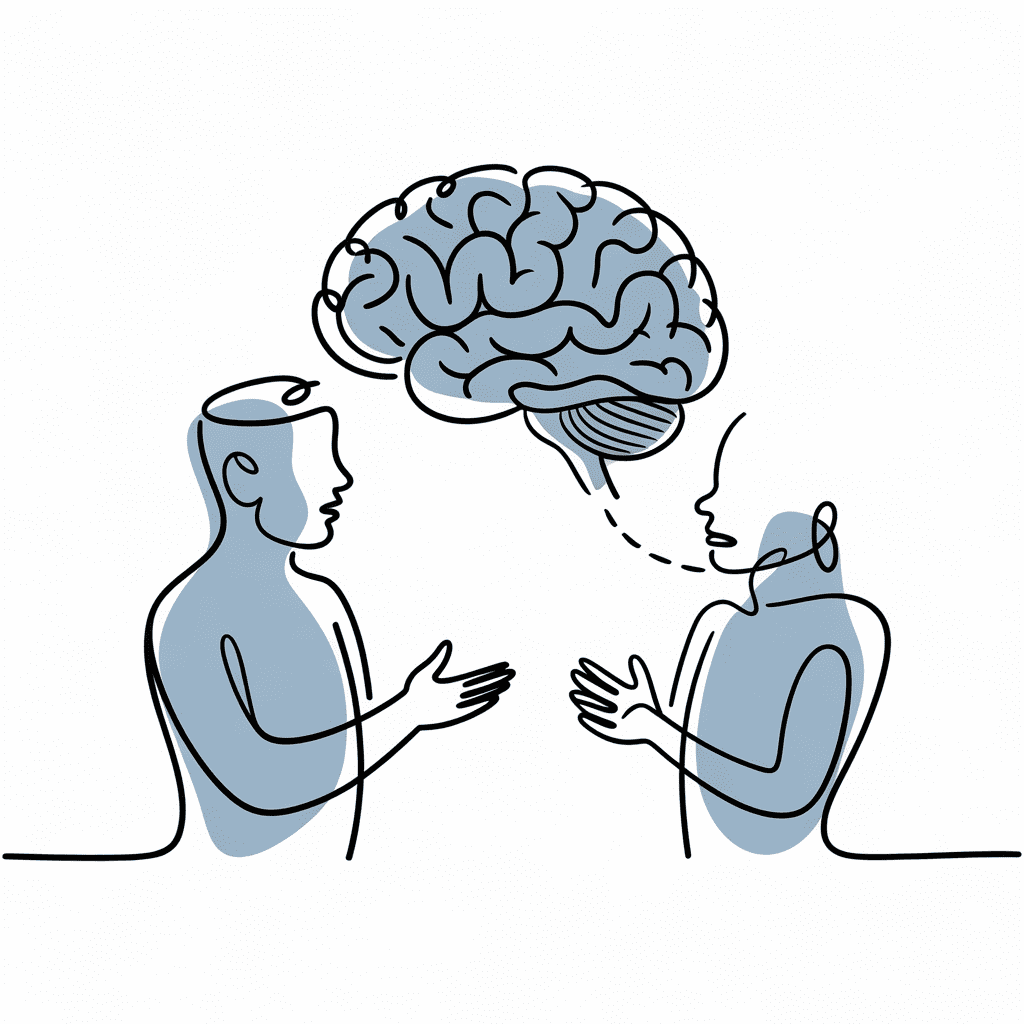
2. Offer Two Small Options
Choice reduces overwhelm.
Instead of “What do you feel?” try:
“Does it feel more like anger or exhaustion?”
Binary choices give clients a foothold back into awareness.

3: “Shift From Insight to Sensation”
When language shuts down, insight can’t lead – but sensory awareness still can.
Ask: “What happens right before the ‘I don’t know’ shows up?”
Often the moment before disconnection holds the clue – tension rising, breath shortening, or a flicker of emotion that got stopped midstream.
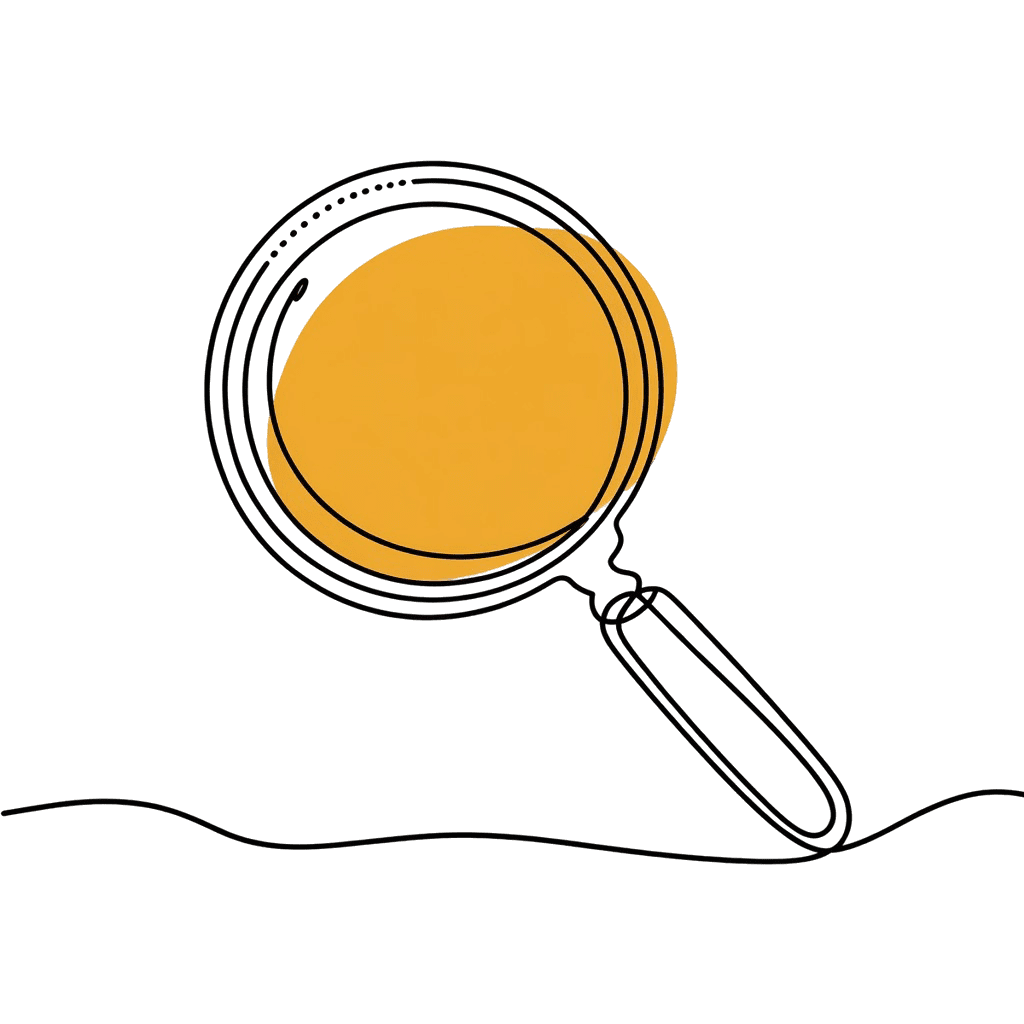
4. Reflect the Function, Not the Content
When language shuts down, look at what the “I don’t know” does.
Is it protecting? Buying time? Avoiding pain?
Naming the function helps restore agency without forcing clarity.
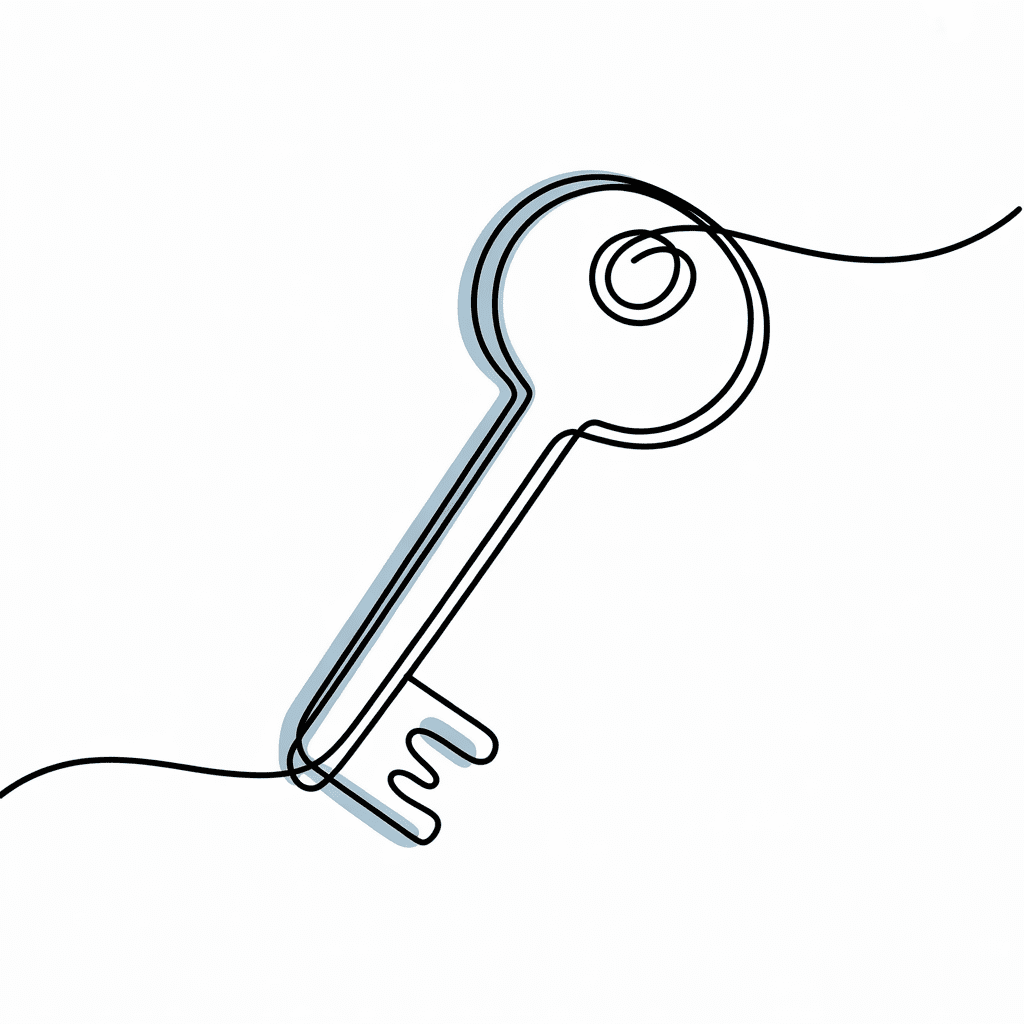
5. Use the “Least Wrong” Technique
For some clients, perfectionism blocks expression.
Ask: “Even if you’re not sure, what feels least wrong?”
It allows for tentative truth – something to explore, not prove.

6. Normalize the Gap
Remind them (and yourself) that not knowing is an essential part of emotional work.
Insight isn’t instant; it’s iterative.
You can model that by saying: “That’s okay – maybe we’re just circling it today.”
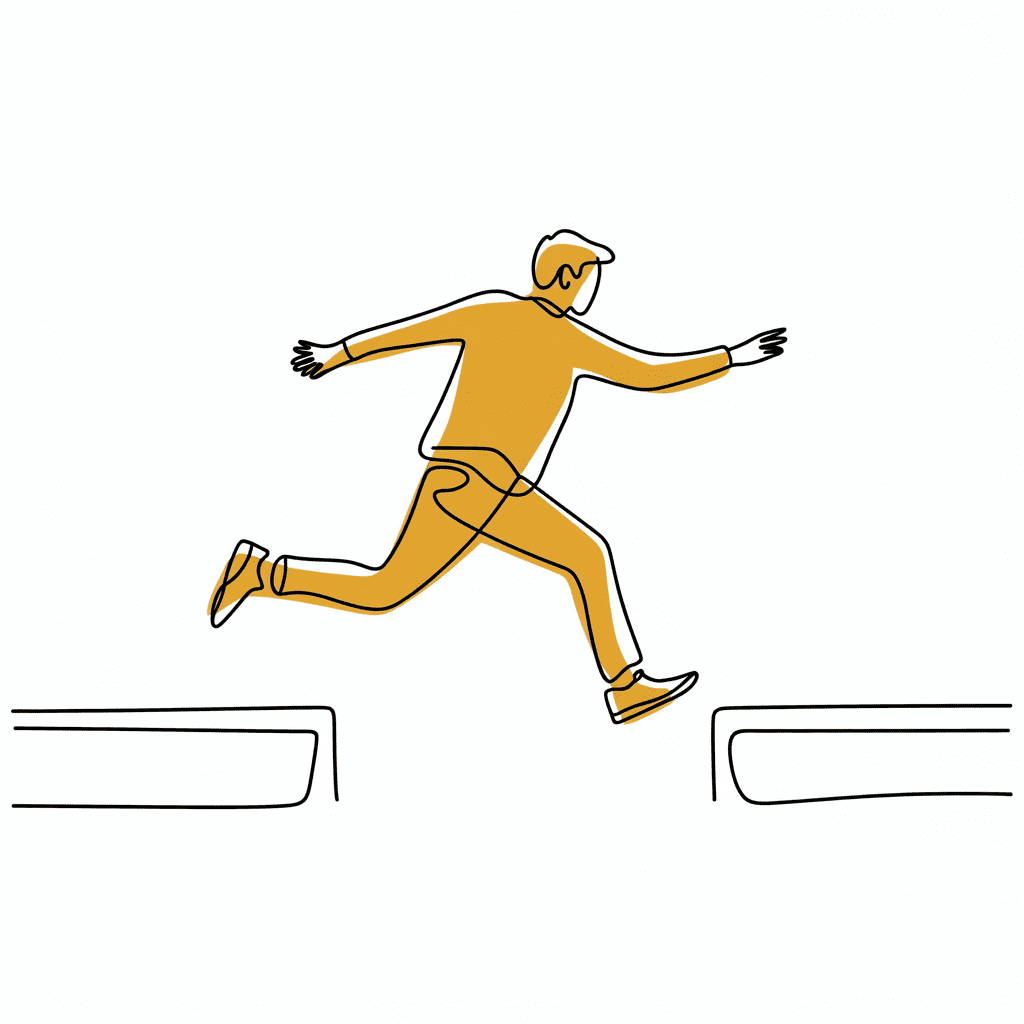
7. Offer Tools That Externalize
Cards, drawings, metaphors -anything that gives distance – can help when direct access feels too raw.
Using decks like Emotions in Time or Parts in Me can create a bridge between language and experience.
When someone “doesn’t know,” they often recognize something when they see it.
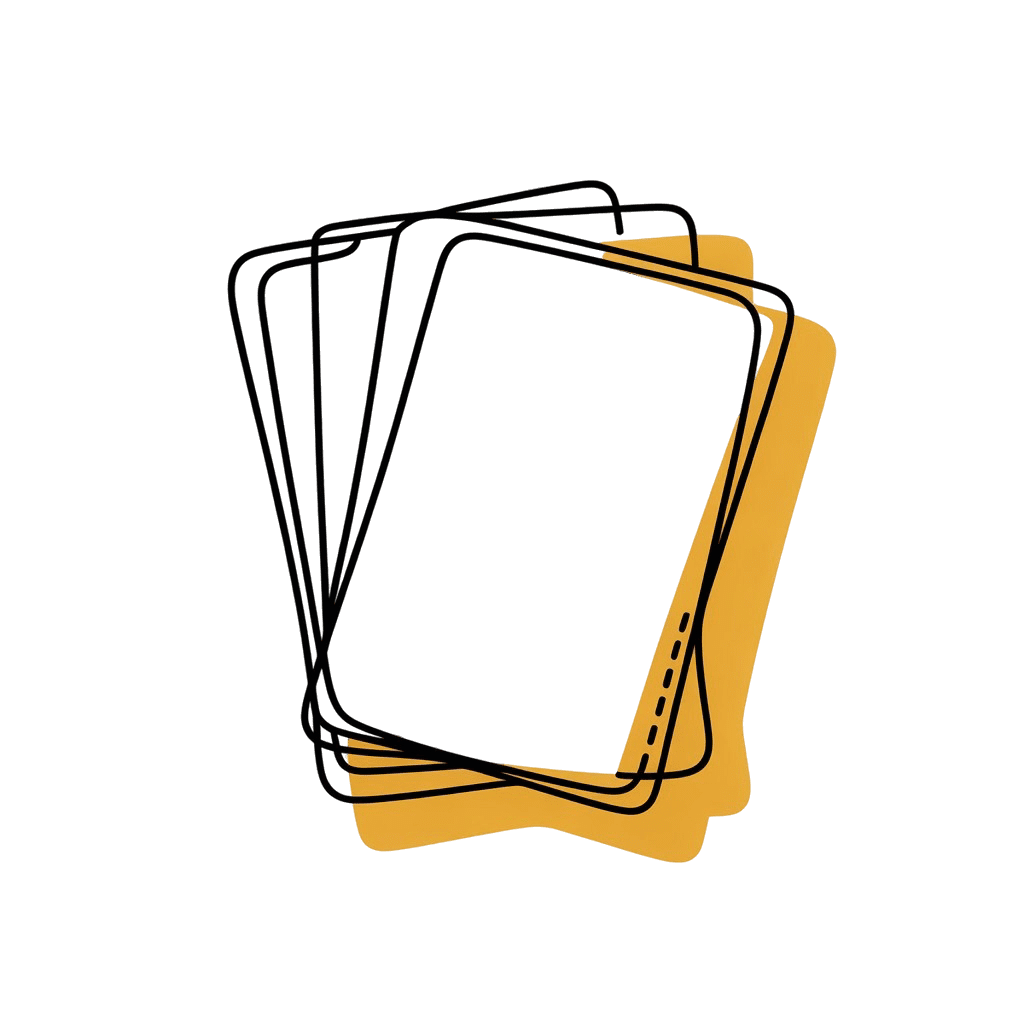
8. Notice Your Own Response
“I don’t know” can stir frustration, helplessness, or protectiveness in the therapist too. Noticing your own reaction, and softening around it, often shifts the space. When you settle, the client feels it. Safety is co-regulated, not instructed.
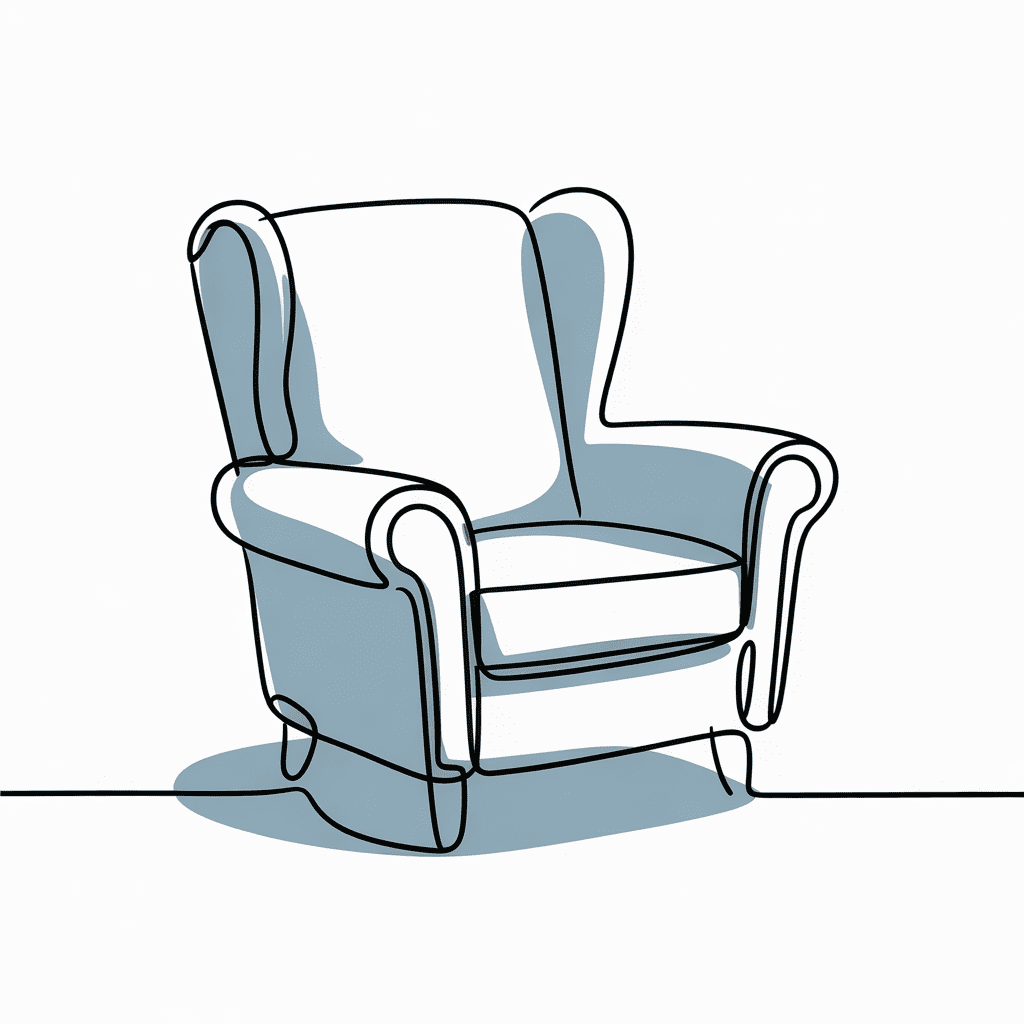
“I don’t know” isn’t resistance — it’s a language of protection.
Sometimes the kindest thing you can do is not to push for knowing,
but to make it safe enough for knowing to return on its own.

